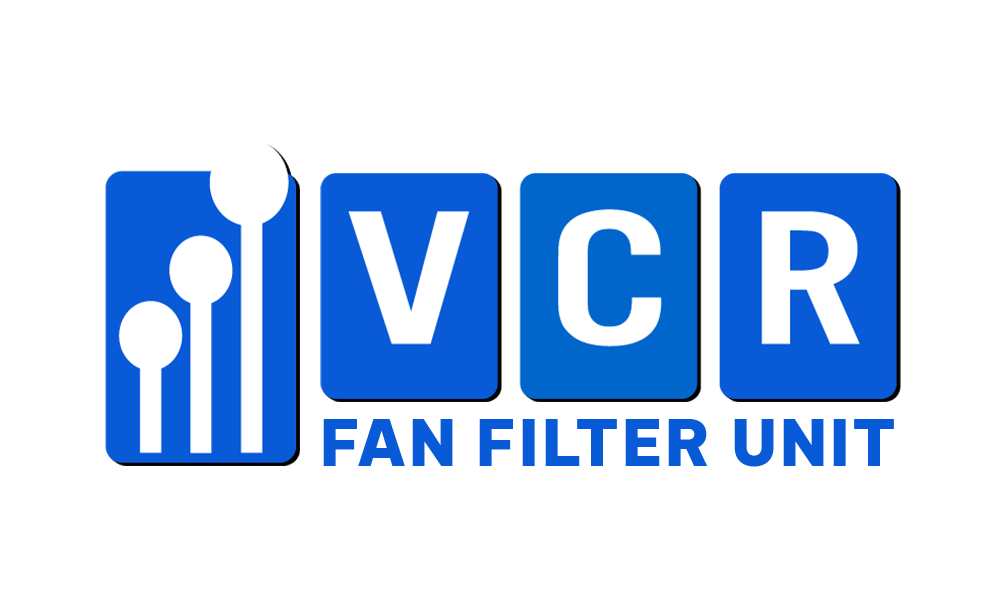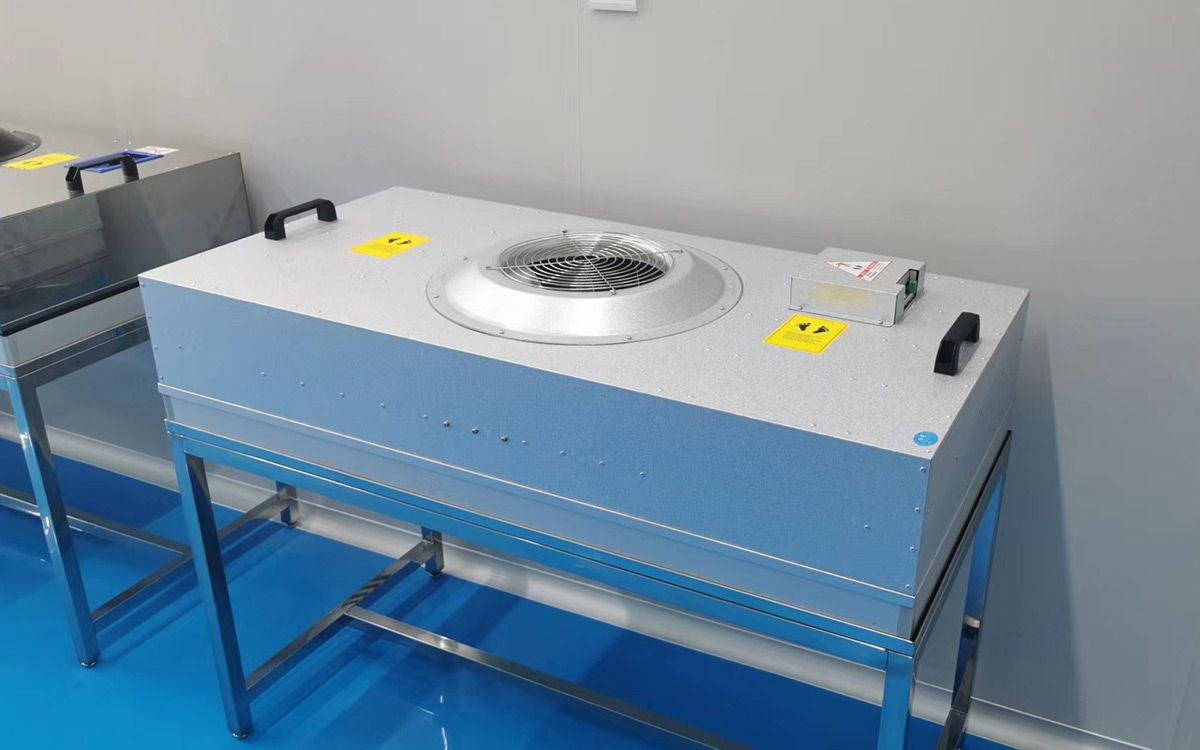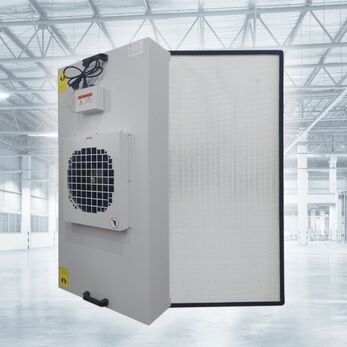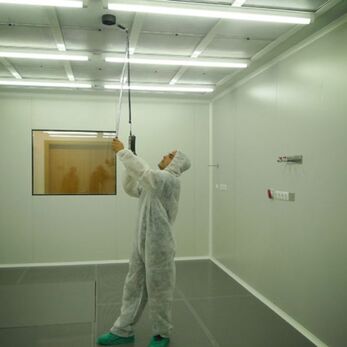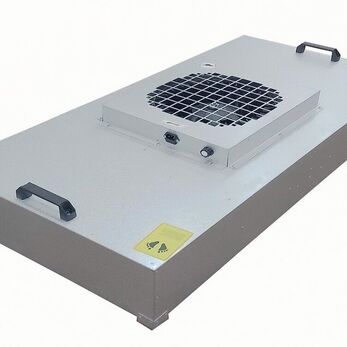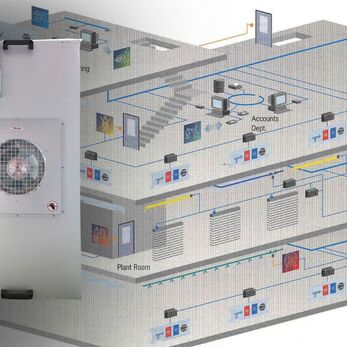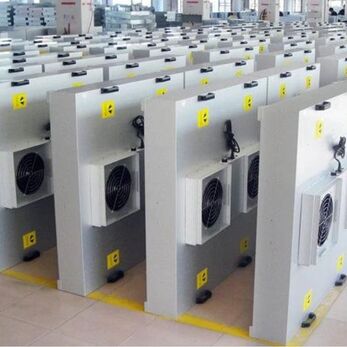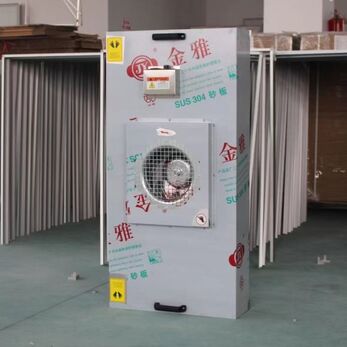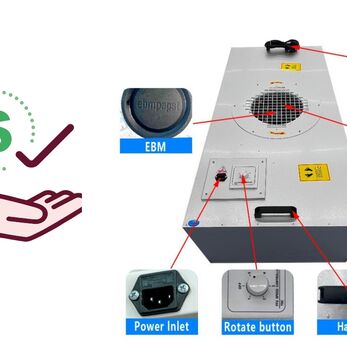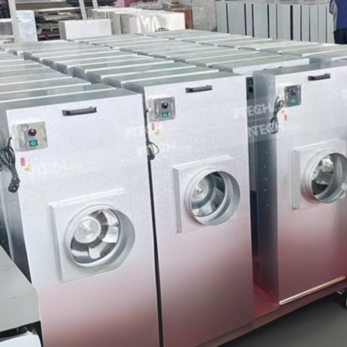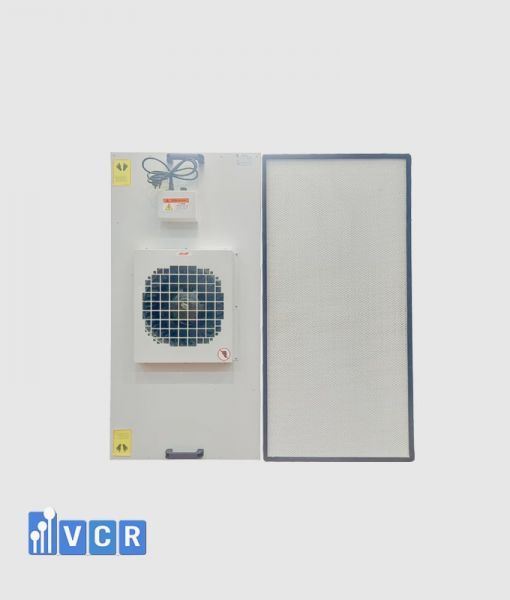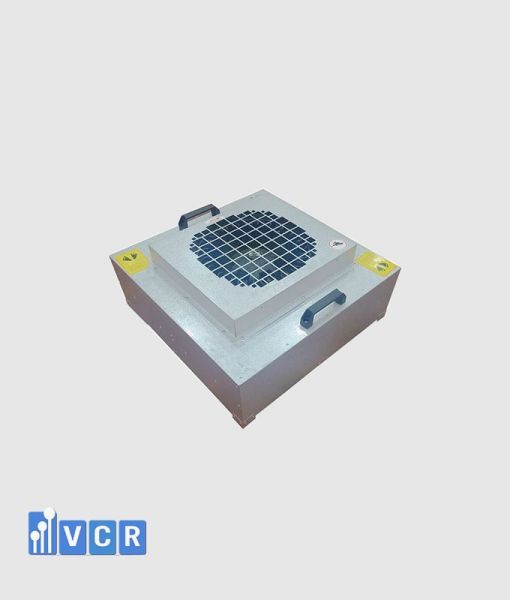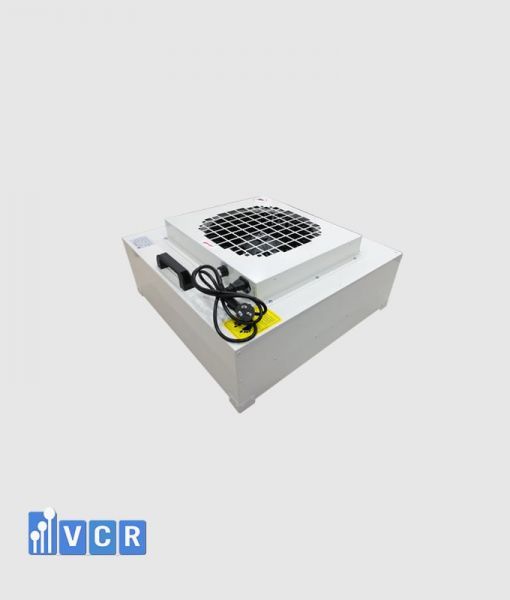Fan filter units (FFUs) are the workhorses of cleanrooms, ensuring a pristine environment crucial for various industries. While specific components may vary depending on cleanroom requirements, several essential elements work in concert to deliver clean air consistently.
Essential Building Blocks
1. Pre-filter: The first line of defense, capturing large particles like dust and construction debris, protecting the more sensitive HEPA/ULPA filters downstream.
2. Housing: Typically made of steel, galvanized steel, powder-coated steel, or stainless steel depending on the environment, offering structural integrity and protection for internal components.
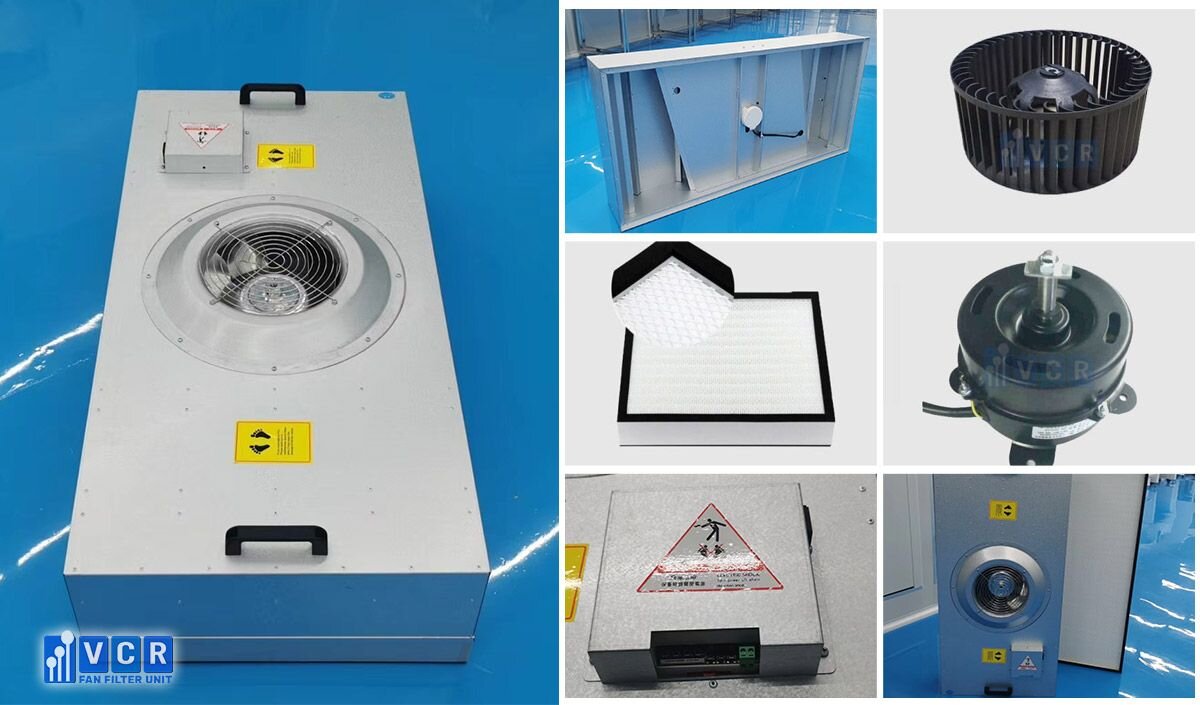
3. Air Pipe Connecting Parts: Facilitate connection between FFU and air ducts, crucial for efficient airflow distribution, particularly in low-cleanliness facilities where static pressure on the ceiling is absent.
4. Motor: The driving force behind airflow, with options for both AC and DC motors. AC motors are smaller, cheaper, and more energy-efficient, while DC motors offer easier control and higher speeds but come at a premium. High-quality motors utilize oil-free lubrication, sealed bearings, and thermal protection for enhanced longevity.
See more: Fan Filter Unit Control Modes
5. Blower Wheel: Determines the air volume and noise profile. Forward-curved wheels provide higher air volume and better dust removal, while backward-curved ones are quieter and more energy-efficient.
6. Airflow Equalization Device: An increasingly common feature, allowing adjustment of outlet airflow for optimized distribution within the cleanroom. Types include orifice plates, grilles, and power curves, each employing a unique mechanism to achieve this function.
7. Final Filter: The heart of the FFU, capturing microscopic contaminants. HEPA filters are commonly used, while ULPA filters offer even higher efficiency for critical environments.
See more: FFU's Impact on HEPA Filters
8. Protective Net: Safeguards the final filter from physical damage, often featuring anti-static properties to prevent dust attraction.
9. Controller: The brain of the FFU, governing operational parameters. Control modes range from simple switches to sophisticated computer-based systems offering single/group control, alarms, and status displays.
Understanding the individual components is crucial, but their synergy is key. The interplay between filter selection, motor type, and airflow control determines the overall effectiveness of the FFU in maintaining the desired cleanroom environment. Selecting the right combination for your specific application is crucial for optimal performance and cost-efficiency.
This comprehensive approach aims to equip readers with a deeper understanding of FFUs and their vital role in creating and maintaining cleanroom environments.
See more: Selection Fan Filter Unit for Cleanroom


